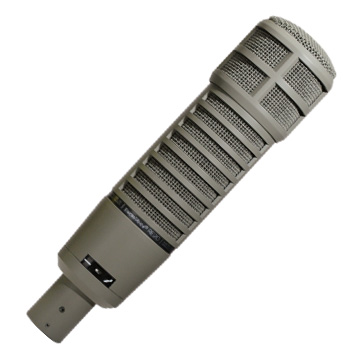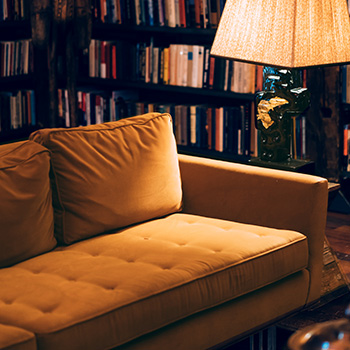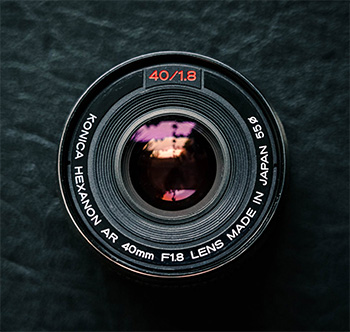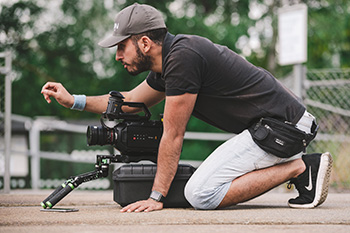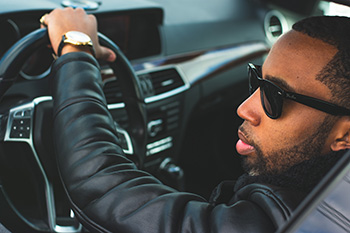… for Random Weirdness
Tip #478: Break Out of a Creative Rut
Larry Jordan – LarryJordan.com
Creativity can’t be forced – but it can be encouraged.


This article, written by photographer Jamie Windsor, first appeared in PetaPlxel.com. This is a summary of what he wrote. (This link also includes an interesting 8-minute video discussing this problem.)
“I worked out that creative block happens for me when my conscious mind falls out of sync with my intuition. What I mean by this is that when I’m creating something, my intuition (or my subconscious mind) is coming up with ideas and my conscious mind is forming it into something coherent.
“But when I get into a creative rut, it’s like my subconscious mind’s engine has stalled and my conscious mind is left trying to run things. The problem with this is [that] my conscious mind can only see what it can immediately access and that can impact my creativity and my motivation.””
Here are five tips Jamie Windsor uses to restart his creative engine:
- Stop Trying
- Change Location
- See Other People
- Stop Worrying
- Give Up on Bad Ideas


